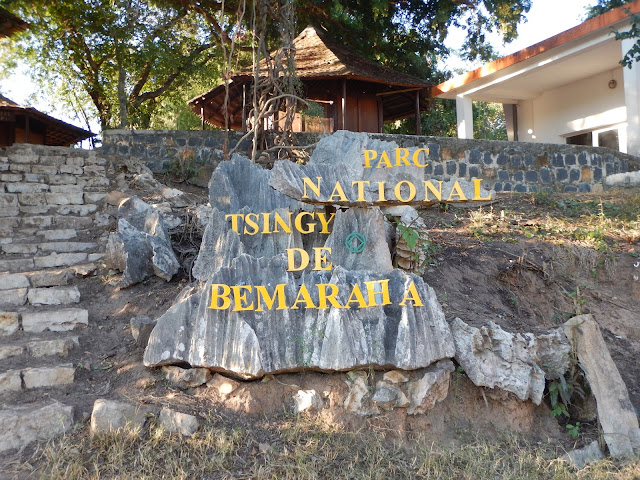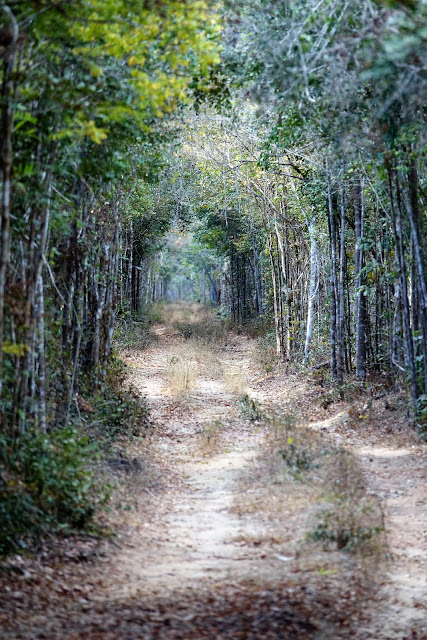From Chengdu we took a night train to Xi'an. Once we boarded the night train and realized we were in a "cabin" with 3 bunks on each side, no curtains for privacy in the bunks, and no walls or curtains for privacy from the aisle, it sunk in that comfort wasn't the goal here. As cigarette smoke and toilet smells filled the air, Grandma quietly asked "Are we going to be on a train like this again"? No Grandma, we aren't, and sorry to have put you through that one! On the bright side, we got to see how many of the locals travel, which was much different from the air conditioned bullet trains we took on other legs of the trip.
 |
This was the fastest speed we noticed on the bullet trains - they were are smooth ride!
(Somehow we didn't get any photos of the dreaded night train!) |
Xi'an was another huge city (8.7 million) in China. We stayed in a hotel located inside the city wall, which has been restored a number of times since it was first built in the 14th century, although walls of some sort (made only of tamped earth) predated the "modern" walls as far back as the 7th century.
The wall is roughly rectangular and is about 14km around and 12m wide at the top. Since it was so long and we wanted to go all the way around the wall, we decided to rent bikes - one tandem, and two singles. Biking the wall gave us great views of the city as far as we could see. Unfortunately, '
far' wasn't really that far because of the poor air quality. It also made breathing a bit hard, especially when we exerted ourselves. While in Chengdu we had wondered whether it was fog or pollution, but by Xian we realized it was a blanket of pollution that seemed to cover the country 9we could see it on every train ride as well). As our time in China continued, I started to develop respiratory problems - a cough that wouldn't go away and aching in the lungs/chest. We were told that during the Beijing Olympics and other international events the factories get shut down for a couple of weeks and the air clears up. Its good to know the air can still clear, but it sure must be hard for those with respiratory issues to live in that every day.
 |
| Us and the bikes and a view of the wall |
 |
| Our bikes, a corner tower, the outer parapet wall with almost 6,000 crenels, and the modern city skyscape looming in the background |
 |
| Maya imagining how hard it would have been to ride one of these wooden hobby horses invented in the late 1700's and probably used on the wall during that period. The original push bike - no pedals- the rider had to propel themselves by pushing with their feet along the ground |
Other sites from our afternoon biking on the wall...
 |
| A view to the old town on the inside of the wall |
 |
| A view of the old stone house roof tops inside the wall |
 |
| Ancient Bell next to a Guardhouse on top of the wall |
 |
| Pretty lanterns adorn parts of the wall. These lanterns are lit up at night giving the wall a beautiful night-time glow |
 |
| View to the inside of the wall of a building with ancient Chinese architecture |
The Chinese take great pride in their architecture and history and a lot of effort is put into lighting up structures and buildings for display at night. We saw this everywhere we went. Here are a few photos of the wall...
 |
| The impressive city wall at night |
 |
| One of the entrance gates through the city wall beautifully lit up! |
 |
| My mom and I in front of the Bell Tower |
 |
| Modern and ancient architecture meet |
Near our hotel was an area called the Muslim Quarter. We had no idea that we would find something like this in China. There is a large population of muslims in Xi'an, probably because it was the terminus of the Silk Road and was the first city in China to be introduced to Islam. The Muslim Quarter was a bustling area of commerce where the muslim community gathers to sell food and wares every evening.
 |
| Entrance to the Muslim Quarter |
 |
| hmmm... what to have for dinner... |
 |
| fresh yogurt/curd |
 |
| Bread pockets with meat and sauce - pretty tasty |
 |
| Grandma buying some bread for breakfast |
 |
| Kebabs ready for the bbq, freshly cut from their source |
Our main reason for going to Xian was to see the Terracotta Army. We took a bus out to the site where, in 1974, some farmers were digging a well and they unearthed some pieces of clay fragments that seemed important. When the government investigated the find, they found an incredible underground army of over 8000 pieces. Emperor Qin (pronounced Chin, who China is named after) had the army built to protect him in his afterlife. Apparently he ordered the work to start when he was just 13 years old. Hard to imagine that a 13 year old could order over 700 000 of his people to create something like 8000 terracotta warriors plus horses, weapons, bronze chariots and more, forcing thousands of people to spend their life's work creating all of this for his afterlife. This all happened over 2000 years ago starting in 246 BC, and then was apparently forgotten about over time until it was rediscovered in 1974.
 |
View of Pit 1 from the front - the warriors have all been placed in their original positions,
facing east toward the lands he had conquered |
 |
| A sign at the very front of Pit 1 showing where the farmers dug the well - they just barely discovered the warriors! |
 |
| Us in front of Pit 1 before it got too busy |
We were amazed at the details in the warriors and the fact that each of them is unique, their facial features, hair, clothing, even the straps on their shoes might be slightly different from the others. Our guide told us that they are larger than life size because Qin wanted good protection, apparently no Chinese people at the time were as large as the warriors were.
 |
| close up showing the variety in the appearance of the warriors |
 |
| incredible details |
 |
| some were in rougher shape, some were missing heads or other parts, but each was unique |
We didn't know before going there that after Qin died, the workers rebelled and burned and looted the site, so most of the valuable weapons were taken, and the burning caused the wooden/bamboo roof to collapse, crushing most of the warriors and horses (at least in the main pit - Pit 1). The archeologists now have the overwhelming job of piecing together the fragments to recreate the army, and though they've been working for 40 years, there is still tons of work to do in excavating and reassembling the figures.
 |
| fragments slowly being excavated, lots of work still to be done |
 |
| once the debris is removed the warrior fragments are labelled according to where and how they were found |
 |
| The "hospital" area where the warriors get pieced back together. Originally they were all painted but the paint oxidizes within minutes of being in contact with air so they wrap the painted parts in plastic to try to preserve some color |
 |
| Hospital area and desks of the archeologists |
 |
| This warrior is known as the lucky one - he is a kneeling archer and he is the only warrior found intact in the entire site, likely because he was short enough to miss the impact of the falling roof. He is now on display in a glass box. |
There are currently 2 large pits of warriors and horses, and a third, smaller pit which was the command post housing the higher ranking officers. Ornately detailed bronze chariots and horses were found nearby too, and it is believed that there is more to find in the area. The Chinese are taking their time with the excavations, Qin's tomb itself is nearby under a huge mound but it hasn't been touched yet except to confirm that mercury levels in the soil are very high, lending evidence to the reports that he was buried with rivers of mercury around him.
 |
| Part of Pit 3 with higher ranking officers |
 |
| One of 2 bronze chariots discovered and now on display behind glass - the detail is incredible |
It was amazing to see the effort and resources that went into this army, and to imagine that the modern day farmers just happened to come across it as they were digging. The last surviving member of that group of farmers was on site that day to sign autographs for a fee. Our guide told us that since the government owns the land in China, the farmers who discovered the site never got any money or compensation for their discovery, but once president Bill Clinton visited the site and asked for the farmer's autograph, the farmer started to sell autographs to earn money, I think he's doing ok financially now!




































Comments
Post a Comment